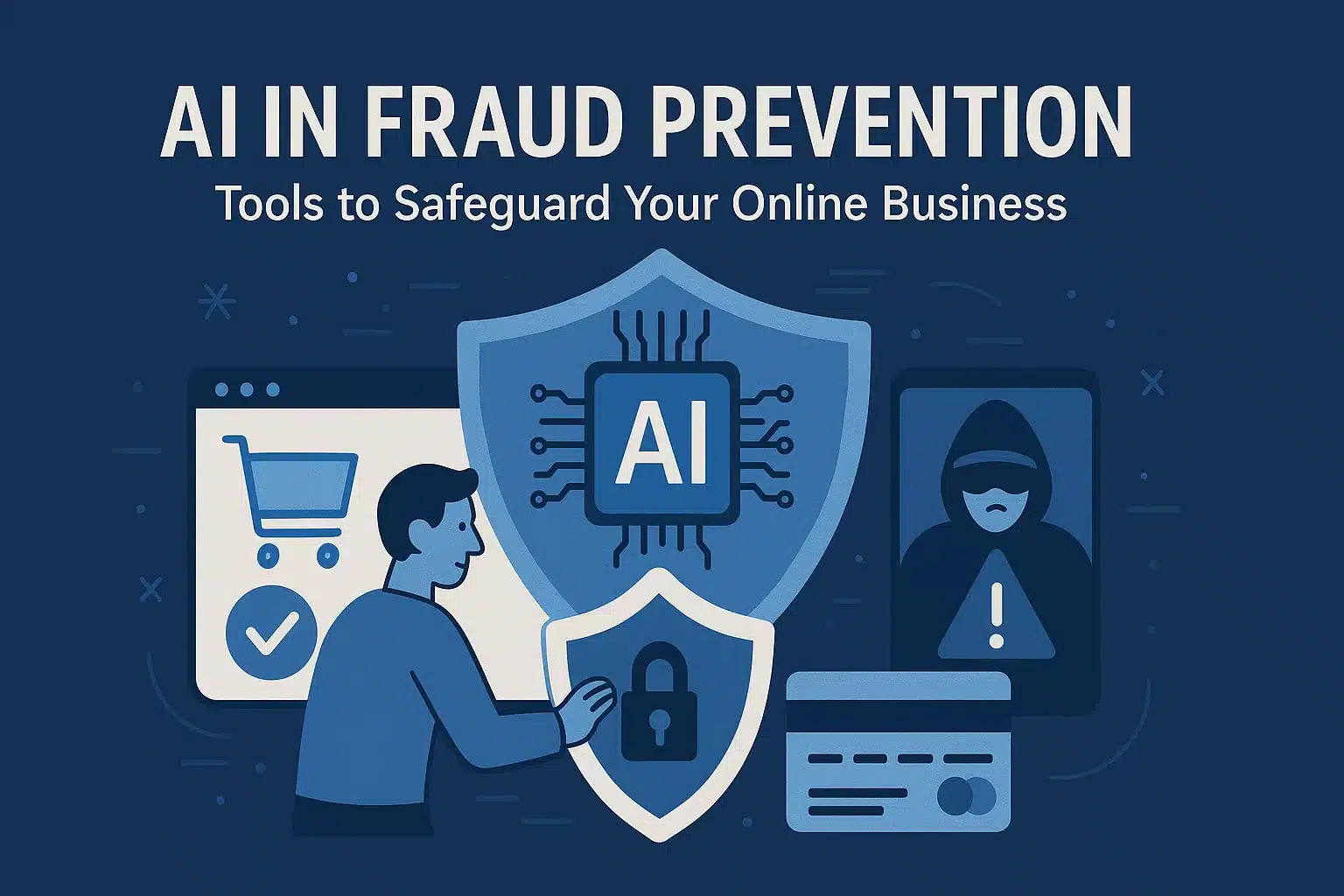Stay Safe at Work: Workplace Violence Training for Healthcare Workers
Here for workplace violence training? Keep on reading!
Healthcare professionals work tirelessly to serve their patients. Still, a disturbing challenge often lurks in the shadows: workplace violence. And this pressing issue demands our undivided attention.
This blog will discuss the depth of workplace violence and anti-violence training in healthcare.
Enroll – Violence In The Workplace For Healthcare Workers (Course)
Workplace Violence in Healthcare: Unveiling the Statistics
Understanding the gravity of workplace violence in healthcare begins with the numbers. According to recent studies, healthcare professionals face an alarmingly high risk of encountering violence in their workplaces. Consider these eye-opening statistics:
- Nearly 40% of workplace assaults occur in healthcare settings.
- 44% of nurses have experienced physical violence, and 68% have encountered verbal abuse.
- Emergency departments are particularly vulnerable compared to other hospital areas.
Enroll Now – Recognizing Abuse And Violence Training For Healthcare Professionals 3.0 Course
Exploring the Spectrum of Workplace Violence Types
Workplace violence in healthcare isn’t a one-size-fits-all concept. It manifests in various ways:
- Type I: Criminal Intent: Violence committed by individuals without connection to the organization, such as robbers or trespassers.
- Type II: Customer/Client: Perpetrated by patients, their families, or visitors due to frustration, fear, or dissatisfaction.
- Type III: Worker-on-Worker: Violence among coworkers or colleagues, often due to personal conflicts.
- Type IV: Personal Relationship: Violence stemming from personal relationships brought into the workplace.
Buy – Patient And Workplace Safety Measures In Healthcare 3.0 Course
Deciphering the Truth About Workplace Violence in Healthcare
It’s essential to know the truth about workplace violence in healthcare:
Myth: Workplace violence is an inevitable part of healthcare.
Fact: While healthcare settings can be challenging, proactive measures can significantly reduce violence risks.
Myth: Workplace violence is only physical.
Fact: Verbal abuse and psychological intimidation are also forms of workplace violence, equally harmful to employees.
Enroll – Workplace Bullying Prevention Made Simple Course
Understanding the Challenge of Workplace Violence in Healthcare
The complexities of workplace violence in healthcare are rooted in various factors. Some key aspects include:
- Emotional Stress: Healthcare settings can be emotionally charged, making patients and their families more susceptible to frustration and aggression.
- Long Hours and Fatigue: Healthcare professionals often work extended shifts, leading to fatigue and reduced patience, both for patients and colleagues.
- Understaffing: Short-staffed departments can intensify stress levels, creating an environment ripe for conflict.
Check this out: Managing Anger And Frustration In The Workplace
Prevention: Safeguarding Healthcare Professionals
Addressing workplace violence requires a multipronged approach:
- Education and Training: Equip healthcare professionals with the knowledge and skills to defuse potentially volatile situations through comprehensive training.
- Clear Policies: Establish and communicate zero-tolerance policies against workplace violence, outlining consequences for offenders.
- Collaboration: Encourage open communication and teamwork among staff to de-escalate conflicts and support each other.
- Personal Safety Measures: Be aware of your surroundings, follow safety protocols, and trust your instincts.
Empowerment through Workplace Violence Prevention Training
Coggno offers comprehensive online training to empower healthcare professionals:
Workplace Violence And Safety Updates 3.0 (Course)
This course by American Medical Compliance equips Healthcare Providers with the knowledge to safeguard themselves from workplace violence. It covers:
- Risk factors;
- Threat management;
- Response strategies
Duration: 30 minutes
Language: English
Certificate: Yes
Target Audience: Employees
Violence In The Workplace For Healthcare Employees 3.0 (Course)
The comprehensive curriculum covers recognizing, preventing, and responding to violent incidents. It draws information from respected sources like
- OSHA
- OCR
- FDA
- CDC
- NIAID
- ATSDR
- HHS
- WHO
Duration: 45 minutes
Language: English
Certificate: Yes
Audience: Employees
Preventing Workplace Harassment – Employees (US) Course
This course focuses on understanding respectful behavior. The course covers:
- Laws against harassment;
- Legally protected classes;
- Anti-harassment policies;
- Definitions of discrimination and harassment;
- Examples of hostile work environments;
- Actions to take when witnessing harassment;
- Your role in harassment prevention.
Duration: 30 minutes
Language: English
Certificate: Yes
Audience: Employees
Preventing Workplace Violence (Course)
With homicide ranking as a significant cause of fatal occupational injuries, this course employs OSHA guidelines to mitigate worker exposure to this hazard. This course gives insights into:
- Recognizing security hazards;
- Risk factors;
- Preventative measures against workplace assaults.
Duration: 45 minutes
Language: English
Certificate: Yes
Audience: Employees
Preventing Workplace Harassment – Managers (US) Course
This course talks about your responsibility in preventing and handling workplace harassment.
Duration: 36 minutes
Language: English
Certificate: Yes
Audience: Managers and Supervisors.
Workplace Violence Prevention Course
This course talks about workplace violence, including:
- Its various types;
- Risk factors;
- Warning signs
Duration: 45 minutes
Language: English
Certificate: Yes
Audience: Employees
Preventing Workplace Violence: Manager Edition (Course)
This course dives into:
- Common workplace violence types;
- Risk factors;
- The role of managers in addressing violence.
It outlines steps to manage warning signs, defuse violent situations, and respond to potential violence.
Duration: 30 minutes
Language: English
Certificate: Yes
Audience: Supervisors
Workplace Violence Course
This course highlights workplace violence. It includes threats, verbal abuse, physical assaults and homicide.
Language: English
Certificate: Yes
Audience: Employees
Workplace Violence Prevention Made Simple Course
The course emphasizes conflict resolution and stress management. Covered topics include:
- OSHA mandates;
- Behaviors constituting workplace violence;
- Workplace bullying;
- Sexual assault, intimidation, sabotage, and more
Language: English
Certificate: Yes
Audience: Employees
Workplace Violence Course
This course teaches different types of workplace violence.
Language: English
Certificate: Yes
Audience: Employees
Preventing & Handling Workplace Violence And Aggression
This course focuses on treating all employees with respect and dignity. The course covers:
- Defining workplace harassment;
- Avoiding hiring bullies;
- Conducting risk assessments;
- Recognizing social and business responsibility;
- Policy development and investigating complaints.
Language: English
Certificate: No
Audience: Employees
Identifying Risk Factors for Workplace Violence in Healthcare
Understanding risk factors helps us predict and prevent incidents:
- High-Stress Environments: Departments with high patient turnover and acute cases are at increased risk.
- Lack of Training: Insufficient training in conflict resolution can leave staff ill-equipped to handle tense situations.
- Unrestricted Access: Limited security measures can make healthcare facilities vulnerable to violence.
Explore Now – Managing Stress (Courses)
Consequences of Workplace Violence in Healthcare
Some potential consequences of workplace violence include:
- Physical Injuries: Healthcare workers can suffer injuries ranging from minor to severe.
- Emotional Trauma: Experiencing violence can lead to anxiety, depression, and post-traumatic stress disorder.
- Reduced Productivity: Workplace violence can disrupt workflow and decrease productivity.
The Toll of Workplace Violence
Workplace violence extracts a heavy toll on healthcare organizations:
- Financial Impact: Medical treatment, legal proceedings, and lost productivity costs can be substantial.
- Reputation Damage: Incidents can tarnish an organization’s reputation, making attracting and retaining patients and staff difficult.
Conclusion: Championing Safety and Respect in Healthcare
Workplace violence in healthcare is a multifaceted challenge. It demands a proactive, collaborative approach. By taking the above-mentioned training, we can prevent such incidents.



















